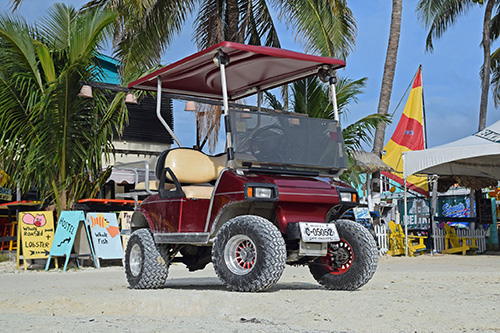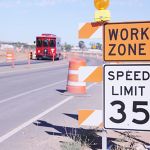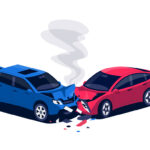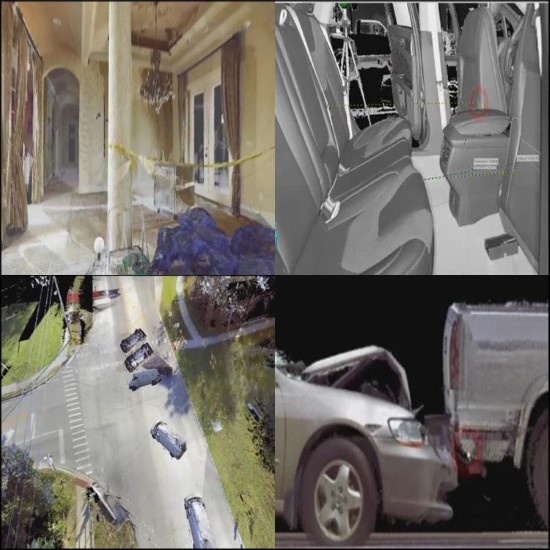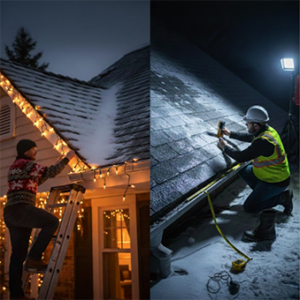Golf carts were invented in late 1950’s to transport disabled people at events but mostly for people who wanted to enjoy the game the golf. Golf carts since their inception have had a maximum speed of around 12 to 14 mph as most carts do not have any safety measures for higher speeds.
The COVID era changed many things, in came the 2020’s as restrictions bounced around and more younger populations moved to states such as Florida, Texas and Arizona – golf carts have been getting faster and faster and faster causing an increase in accidents and fatalities from golf carts. End users and golf maintenance companies have been modifying carts to increase their max speeds to some that reach upward of 35-50mph.
The most popular modifications include – Speed chip/code upgrades, larger tires and motor upgrades. Golf cart manufacturers install speed sensor chips (governors) and controllers so that golf carts do not exceed their designed and intended operating speeds. By replacing and installing higher speed chips and controllers, carts can increase their top speed well above 12 mph. Secondly, larger tires use physics to squeeze out elevated top speeds. If your axles are spinning at the same rate with larger diameter tires, the golf cart will travel a greater distance with each rotation. The last typical modification is an upgraded motor in the cart. After-market manufacturers produce larger motors to retrofit into your cart that can produce more power for greater accelerations and more speed. These modifications can increase the top speed of a cart to around 26-32mph and depending on the cart, this can be much higher than safe operation by industry standards.
With a larger quantity of golf carts competing with roadway traffic coupled with the younger-age populations purchasing them, most states have experienced an increase in accidents. In 2022, golf carts were to blame for 3 fatalities in the popular “Villages” resort in Florida. The state of Florida has recently enacted laws classifying that any cart that can travel over 19mph is now classified as LSV Low-Speed Vehicle and/or NEV Neighborhood Electric Vehicles. These vehicles that travel at higher speeds must now have additional golf cart safety measures – stop lamps, turn signals lamps, rearview mirrors, reflex reflectors, windshields, seat belts and a VIN number that is registered with the state. These vehicles must also be operated by a licensed driver that has valid insurance.
CED Technologies has been investigating golf cart failures and accidents for over 30 years with experience in the following areas:
- Fires – Origin and Cause
- Tip Over Accidents
- Collisions
- Brake Failures
- Collisions Involving Pedestrians
- Golf Cart Pathway Design
- Ejections
- Roll Backs
- Maintenance
- Batteries – Charging/Shock Incidents
These areas are just a few of our expertise disciplines in golf cart related accidents. The golf cart world is rapidly changing – people want the fun and the excitement of driving an open vehicle but they also want the speed which bypasses safety measures and the design intent for these vehicles. Upgrades and modifications to golf carts present safety risks for typical over-the-road vehicles, roadways, pedestrians, operators, and passengers. For more information on CED, visit us on the web at www.cedtechnologies.com.
